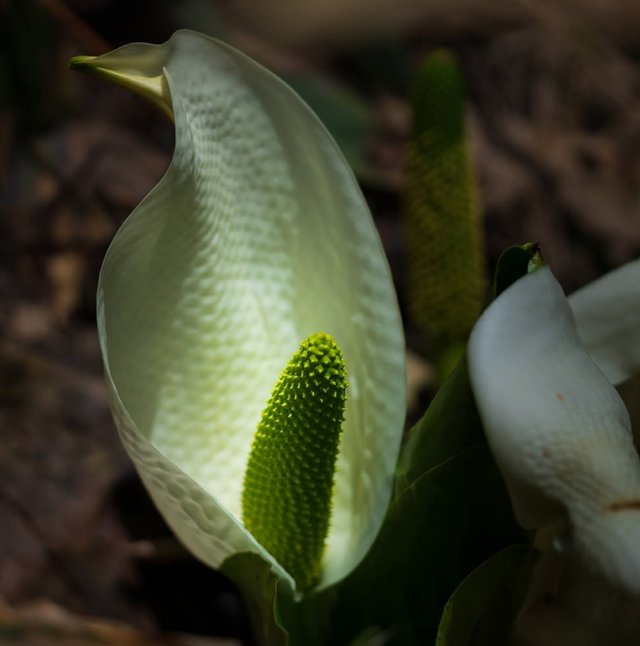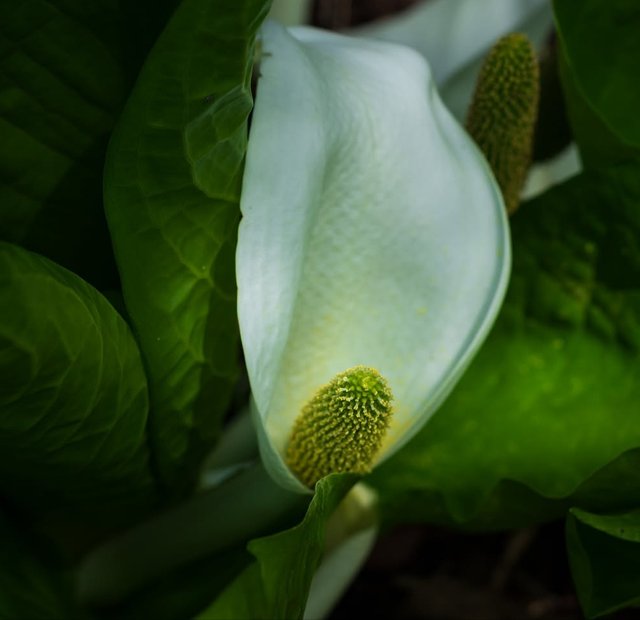Wonderful Lysichiton Camtschatcensis Flower
Lysichiton camtschatcensis: The Enchanting Asian Skunk Cabbage
Lysichiton camtschatcensis, commonly known as the Asian skunk cabbage, white skunk cabbage, or Japanese swamp lantern, is a striking and unusual plant that brings a touch of the exotic to wetland gardens and natural landscapes. Native to northeastern Asia, including regions of Japan, Korea, and the Russian Far East, this plant has fascinated botanists, gardeners, and nature lovers with its unique appearance and ecological significance.
Botanical Description
Lysichiton camtschatcensis belongs to the Araceae family, the same family as the calla lily and the titan arum. It is a rhizomatous perennial herbaceous plant, adapted to life in soggy soils and often found in wet meadows, marshes, stream edges, and forested wetlands.
The plant is best known for its remarkable floral display in early spring, often emerging while snow still lingers on the ground. Its flowers consist of:
Spathe: A brilliant white, hood-like structure that envelops the central flower spike. It resembles a calla lily and measures up to 30 cm in height.
Spadix: A cylindrical, creamy-yellow spike that holds the tiny, true flowers. It is the reproductive core of the bloom.
Following flowering, the plant produces large, lush, bright green leaves that can grow up to 1 meter long, forming dense foliage throughout the growing season.
Smell and Misleading Name
Despite its common name, the Asian skunk cabbage is generally not malodorous like its North American cousin (Lysichiton americanus). In fact, Lysichiton camtschatcensis is often described as either faintly scented or even pleasantly fragrant, emitting a subtle, sweet aroma that can attract early-season pollinators such as flies and beetles. The term “skunk cabbage” may cause confusion, but the two species differ significantly in this regard.




%20(10).jpeg)